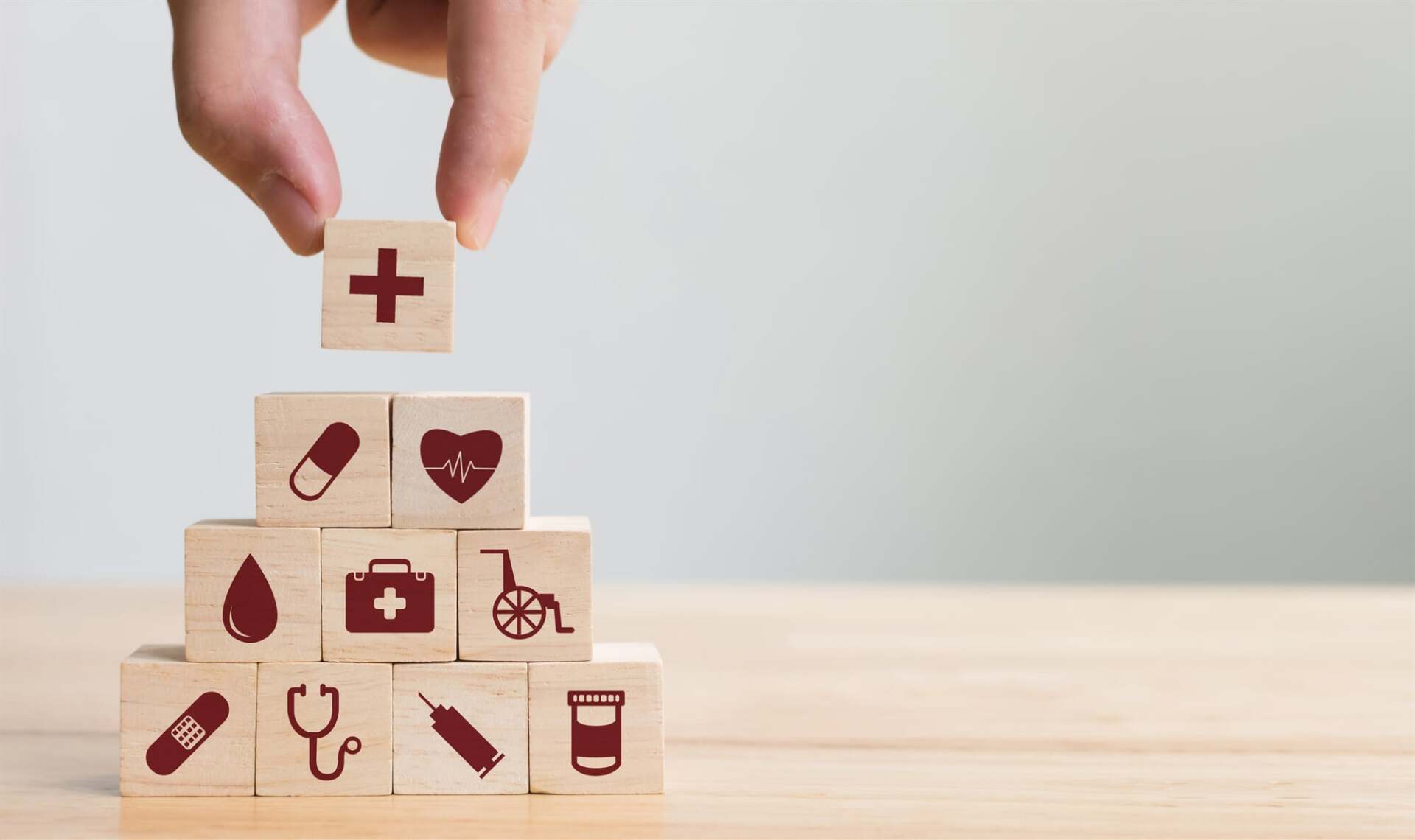Colonoscopy
Colonoscopy
PROCEDURES
COLONOSCOPY
Colonoscopy is a medical procedure that examines the colon—also known as the large bowel or large intestine. This procedure can be used to look for diseases of the colon and to help diagnose symptoms, such as unexplained diarrhoea or abdominal pain.
During the colonoscopy you will lie on your left side with your knees tucked up to your chest. Your anaesthetist will insert an intravenous line into the back of your hand to provide medication that will put you to sleep during the procedure.
The anaesthetist and a nurse will monitor your vital signs and look after you during the procedure.
The gastroenterologist will then insert a colonoscope—a long, thin, flexible tube with a tiny fibre-optic video camera and a light at the end—into your rectum and up into your colon.
After the colonoscope reaches the far end of the colon, your doctor will carefully examining your colon lining as it is slowly withdrawn.
Using tiny tools passed through this tube, your doctor can:
- Remove tissue samples to be sent to a lab to be tested for diseases of the colon—known as a biopsy
- Remove abnormal growths, such as polyps. Although most polyps are not cancerous, it’s possible they may become cancerous, so they are sent to a lab for testing. Removing polyps is likely to prevent most colon cancers from forming
- Stop any bleeding that may occur, using a tiny laser, heater probe, electrical probe, or medicines passed through the colonoscope
Tissue removal and treatments to stop bleeding do not usually cause pain.
A colonoscopy often provides the means for accurate diagnosis and treatment of colon abnormalities without the need for a major operation. Complications of a colonoscopy, such as bleeding and puncture of the colon, are possible but are uncommon.
A colonoscopy usually takes between 30 and 60 minutes.
You may have mild cramping or the sensation of 'gas' after the procedure, although this is usually over within an hour.
You will need to stay at the colonoscopy facility for one to 2 hours in order for the sedative to wear off, and then have someone else drive you home.
Rarely, some people experience severe abdominal pain, fever, bloody bowel movements, dizziness, or weakness afterward. If you experience any of these side-effects, contact your doctor immediately.
It is important to read your discharge instructions carefully; for instance, medications such as blood-thinners may need to be stopped for a short time.
Normally, you will be fully recovered by the next day and you may return to your regular activities.
PREPARING FOR COLONOSCOPY
To ensure your procedure is optimal, preparing for colonoscopy is very important. Good bowel preparation results in a quicker, more comfortable, more accurate and reliable procedure.
Please make sure you understand the preparation guidelines and do not hesitate to ask Dr Dahlenburg if you have any questions.
Download Preparing for Colonoscopy Instructions. Read to learn the recommended dietary requirements for two (2) days, and how to prepare your bowel, prior to your procedure.
Site Links
Contact Information
- Mon - Thu
- -
- Fri - Sun
- Closed
CONTACT FORM
Contact Us
Thank you for contacting Highfields Gastroenterology.
We will be in touch soon.
Please try again later.



